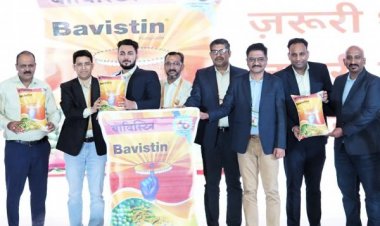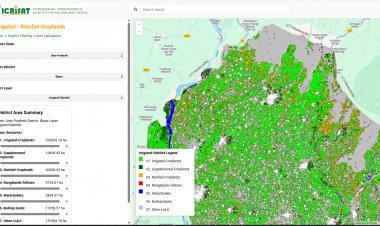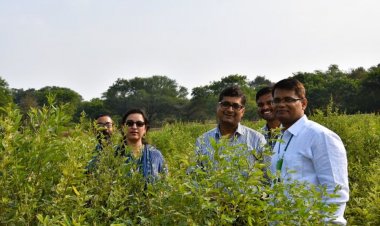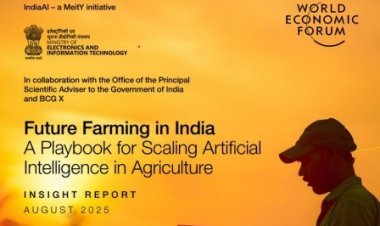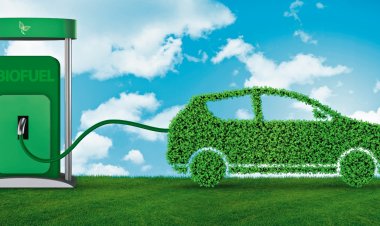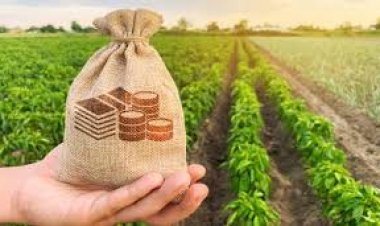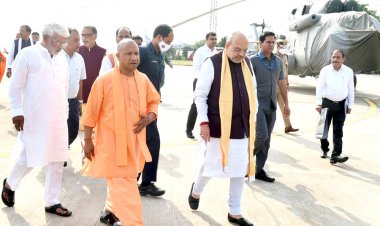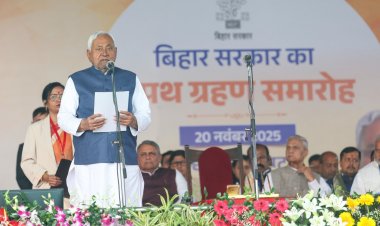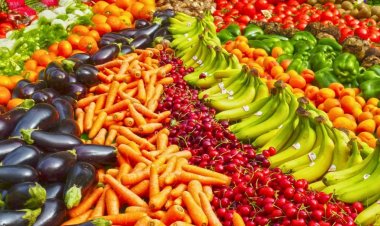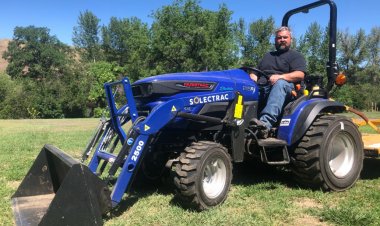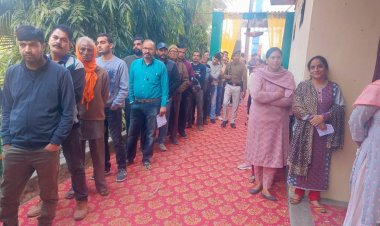Advancement in agriculture through AI
Worldwide, agriculture is a $5-trillion industry, and now the industry is turning to AI technologies to help yield healthier crops, control pests, monitor soil and growing conditions, organize data for farmers, help with workload, and improve a wide range of agriculture-related tasks in the entire food supply chain.
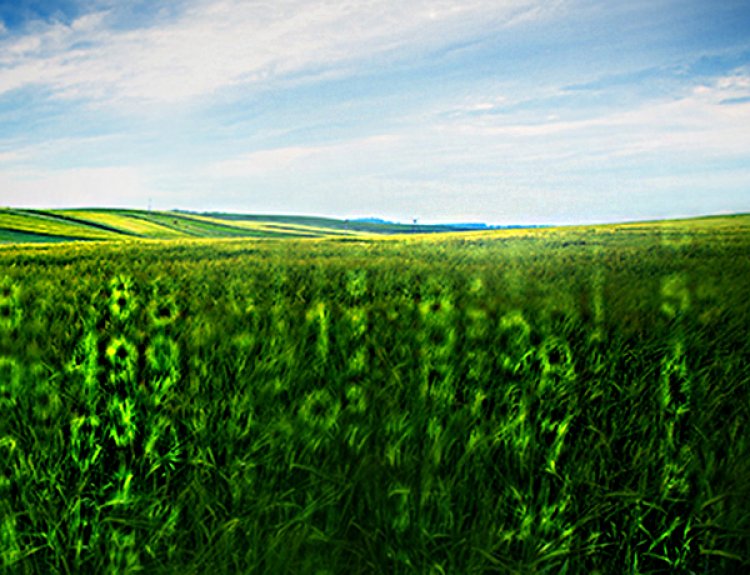
One of the oldest and most important professions in the world has been agriculture and farming. With the introduction of various technologies, humanity has seen many changes over the millennia in how we farm and grow crops. As the world population continues to grow and land becomes scarcer due to climate change and other factors, the need to become more creative and efficient about how we farm, using less land to produce more crops and increasing the productivity and yield of those farmed acres, has grown immensely.
Artificial intelligence (AI) basically means that a machine can mimic human intelligence and execute tasks on its own without using human intervention, from simple ones to those that are quite complex. Some of the examples are systems enabling self-driving cars, online recommendation engines that suggest videos to watch or products you might like based on what you bought in the past, face, speech and language recognition on smartphones and computers.
AI is making an impact in all industries with every industry looking to automate certain jobs through the use of intelligent systems.
Worldwide, agriculture is a $5-trillion industry, and now the industry is turning to AI technologies to help yield healthier crops, control pests, monitor soil and growing conditions, organize data for farmers, help with workload, and improve a wide range of agriculture-related tasks in the entire food supply chain.
Farms typically produce hundreds of thousands of data points on the ground daily. With the help of AI and Internet of Things (IoT) sensors, a variety of things can now be analyzed in real time such as weather conditions, temperature, water usage or soil conditions collected from farms to better-informed farming decisions. For example, AI technologies help farmers optimize planning to generate more bountiful yields by determining crop choices, the best seed choices and resource utilization.
AI systems are also helping improvements in harvest quality and accuracy – this is known as precision agriculture. Precision agriculture uses AI technology to aid in detecting diseases in plants, pests, and poor plant nutrition on farms. AI-enabled sensors can detect and target weeds and then decide which herbicides to apply within the right buffer zone. This helps to prevent the over-application of herbicides and excessive toxins that might find their way in our food.
AI is also being used to create seasonal forecasting models to improve agricultural accuracy and increase productivity. These models can predict upcoming weather patterns months ahead to assist the farmers in decision-making. Seasonal forecasting is particularly valuable for small farms in developing countries as their data and knowledge can be limited. Keeping these small farms operational and growing better yields is important as these small farms produce 70 per cent of the world’s crops.
In addition to ground data, farmers can also take to the sky to monitor the farm. Computer vision and deep learning algorithms process data captured from drones flying over the fields. From drones, AI-enabled cameras can capture images of the entire farm and analyze the images in near-real time to identify problem areas and potential improvements. Unmanned drones are able to cover far more land in much less time than humans on foot allowing for large farms to be monitored more frequently.
Another challenge worldwide is a workforce shortage. One solution to help with this shortage of workers could be AI agriculture bots. These bots augment the human labour workforce and are used in various forms. These bots can harvest crops at a higher volume and faster pace than human labourers, more accurately identify and eliminate weeds, and reduce costs for farms by having a round-the-clock labour force.
In order to improve innovation for agriculture using AI in our country, the industry has joined hands with the government to develop an AI-powered crop yield prediction model to provide real-time advisory services to farmers. This system employs AI-based predictive tools to help increase crop productivity, enhance soil yield, control the wastage of agricultural inputs and warn of pest or disease outbreaks.
This system uses remote-sensing data from the Indian Space Research Organisation (ISRO), data from soil health cards, the India Meteorological Department’s (IMD) weather prediction and analysis of soil moisture and temperature etc to give accurate information to farmers.
This project was implemented in many districts in the country across the states of Assam, Bihar, Jharkhand, Madhya Pradesh, Maharashtra, Rajasthan and Uttar Pradesh.
Similarly, Indian start-ups implementing AI-based solutions in agriculture are also growing in numbers. A start-up has used data science, AI and machine learning algorithms, along with data sets from ISRO, to assess damage to crops and the compensation payable based on the value of the damage that has taken place. Questions around what is being grown, what is the damage, and what would be the value of the crops damaged are being answered with reasonably good accuracy.
Another AI start-up in India maps farmers’ zones in remote areas, answering questions like who has been farming which land, what is being grown, what is the quality of soil on the land, with good accuracy. Crop insurers, seed suppliers, state governments all want this data and it’s possible to build a business model around this as the data and information have value for everyone. Farmers are also able to get all this valuable information and insights which help them in making better decisions about their agricultural practices and create value.
Other agri-tech start-ups are using predictive analytics and machine learning to solve the problem of volatility in input prices and suboptimal input utilization. Imaging and AI traceability solutions are being developed for large-scale quality testing and post-harvest produce handling and monitoring.
Although AI, sensors and bots/drones are being used in many places and are quite promising for other places, yet they’ll need to be cost-effective while being intuitive to use as well as result in better real-world gains for farmers in India to see large-scale adoption. Also needed would be policy safeguards from the governments like those seen in the case of agriculture machinery in developed nations regarding the use of technologies that might not be too restrictive for a farming end-user. And safeguards for data collected from farmers by various service providers also need to be only as much as needed, and not more than that, like in the case of smartphone apps which collect more data than they might need for functioning well.
(The writer is an IT professional and works in the field of IoT.)



 Join the RuralVoice whatsapp group
Join the RuralVoice whatsapp group

















